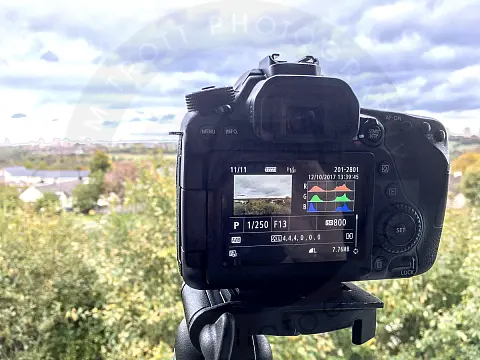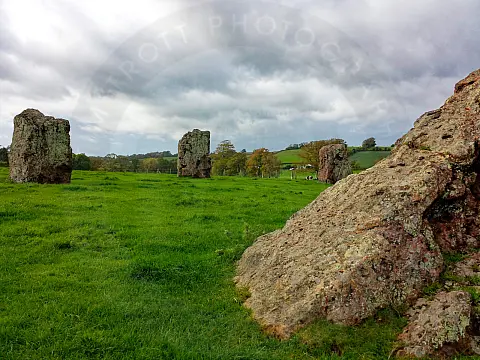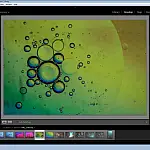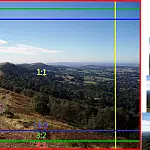Importance Of Using Correct Aspect Ratio and Orientation In PhotographyThis comprehensive guide will teach you everything you need to know about achieving the correct aspect ratio in photography.
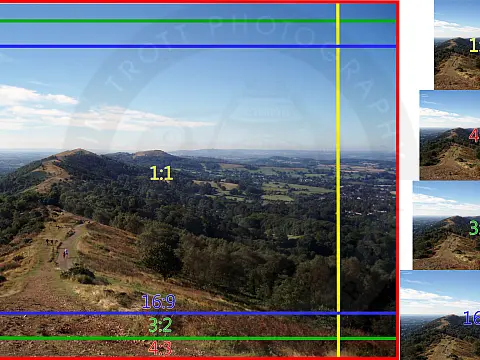
The aspect ratio is important in photography because it dictates the proportions and composition of an image. Understanding how to attain the correct aspect ratio is important for photographers who want to create visually pleasing and balanced photographs. In this detailed guide, we will define aspect ratio, explain why it is important, and present tips and techniques to help you find the correct aspect ratio in photographs.
What is Aspect Ratio and Orientation in Photography?
In photography, aspect ratio refers to the proportional connection between an image's width and height. It's usually stated as a ratio, as 4:3 or 16:9. The aspect ratio of a photograph dictates its form and size, which can significantly impact its composition and visual attractiveness. Distinct aspect ratios in an image can provide different effects and moods. A square aspect ratio, for example, might express a sense of balance and symmetry, whereas a wide aspect ratio can convey a sense of expansiveness and depth. Understanding aspect ratio is important for photographers because it allows them to frame their subjects effectively and generate visually appealing photographs that attract and fascinate viewers.
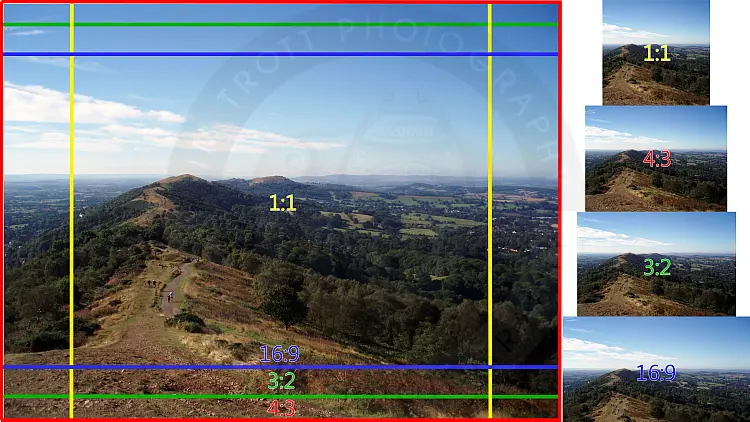
Regardless of if you are shooting landscapes or portraits, understanding the differences between landscape and portrait orientation and how to make the most of each will dramatically improve your photography skills.
How Does Aspect Ratio and Orientation Affect the Composition of a Photograph?
The aspect ratio of a photograph is essential in its composition. It dictates the shape and size of the frame, which impacts the arrangement of the elements within the frame. For example, a square aspect ratio (1:1) produces a balanced and symmetrical image. Still, a wide aspect ratio (such as 16:9) produces a more expansive and panoramic composition. Because different aspect ratios elicit different feelings and moods, the aspect ratio determines how the observer interprets the image. The aspect ratio also affects how the image appears on various devices and platforms, so photographers must remember this while creating photos.

Landscape orientation is primarily used for landscape photographs - where you want to capture as much horizontal area as possible while minimising vertical space in the sky.

Portrait orientation is the opposite, to capture as much of a person in the vertical while minimising empty space on either side of the subject in the horizontal axis.
Common Aspect Ratios Used in Photography
There are several popular aspect ratios in photography, each with its qualities and applications. The most common aspect ratio is 3:2, the default ratio for most DSLR cameras. This ratio is frequently used in landscape and portrait photography to create a balanced composition. Another popular aspect ratio is 4:3, seen in tiny digital and smartphone cameras. This aspect ratio is ideal for presenting photos on computer monitors and social media sites. With the rise of social media sites such as Instagram, the 1:1 square aspect ratio has gained favour since it allows for a symmetrical and visually beautiful composition. Other aspect ratios are used in specialised applications such as 16:9 (widescreen) and 5:4 (used in big format printing). Understanding the various aspect ratios and their uses can assist photographers in creating visually appealing photos that effectively express their intended message.
How to Choose the Right Aspect Ratio for Your Subject
Choosing the appropriate aspect ratio for your subject is an important decision that can significantly impact the overall composition and visual appeal of your shot. Consider the topic and the tale you wish to tell. For example, if you are photographing a sweeping landscape, the 3:2 aspect ratio may be the best choice to highlight the scene's vastness. If you're shooting a portrait, the 4:3 aspect ratio could better frame the subject's face and upper torso.
Consider the photograph's intended purpose as well. If you want to share the image on social media networks such as Instagram, the 1:1 square aspect ratio may be excellent for producing a visually appealing composition within the square format of the platform. If you print the photograph for a large format display, choose a 5:4 aspect ratio to ensure that the image adequately fits the space.
Experimenting with various aspect ratios can also result in imaginative and one-of-a-kind creations. Don't be afraid to experiment with different ratios to observe how they affect the visual impact of your images. The aspect ratio that works best for you will be determined by your artistic vision and the message you wish to portray through your photos.
Choosing the Right Orientation for Your Subject
When trying to decide on the best orientation for your subject, think about the message you want to portray as well as the overall composition of your photograph. Landscape orientation, sometimes horizontal orientation, is commonly used for photographing large settings like landscapes, cityscapes, and group photos. This orientation allows you to integrate more components in the frame while creating depth and scale. When photographing in landscape mode, consider the composition's leading lines, symmetry, and balance.
Consider using a wide-angle lens to capture the broad vista, and make sure your camera settings are adjusted to create a clear and well-exposed photograph.
Remember that the orientation you select can significantly impact the final photograph, so take your time experimenting to find the best fit for your subject and desired results.
Understanding Landscape Orientation
In photography, landscape orientation refers to shooting photos in a horizontal format where the width is greater than the height. This orientation is frequently used for taking wide-angle shots such as landscapes, cityscapes, and group shots. Landscape orientation allows you to include more elements in the frame while creating depth and scale.
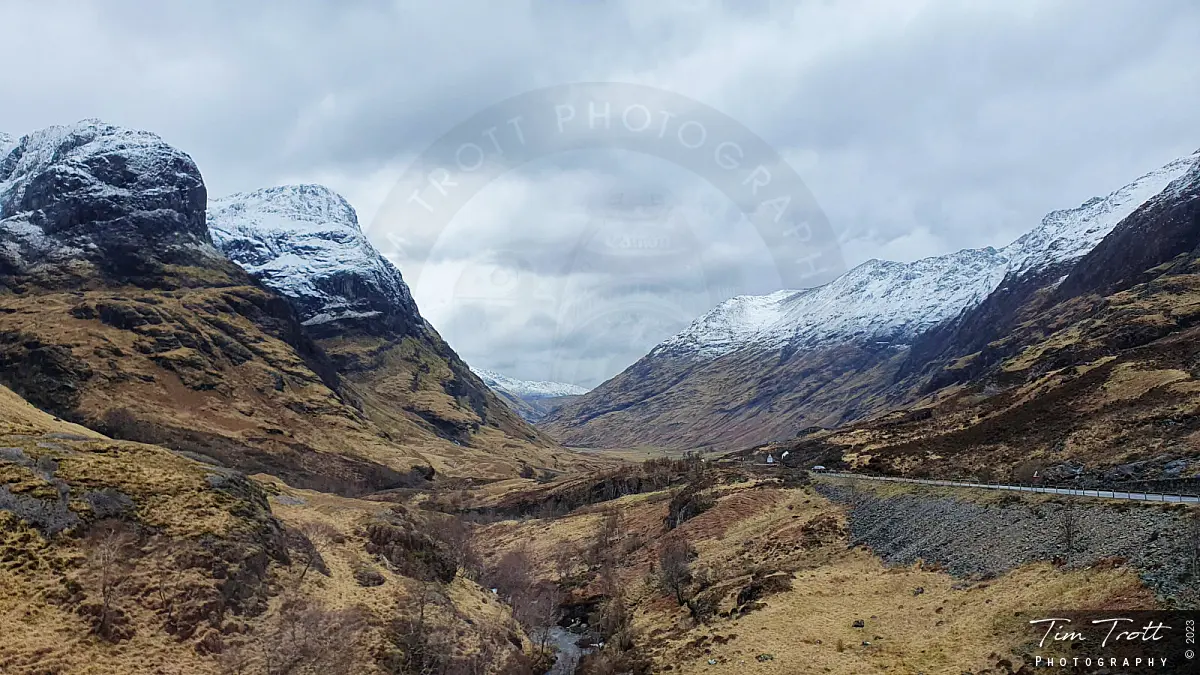
When shooting in landscape mode, pay attention to the composition and balance of the image, ensuring that the horizon line is straight and the main subject is carefully positioned within the frame. Please pay attention to the foreground, middle ground, and background objects and how they interact. A wide-angle lens can also help capture the expansive nature of the landscape while emphasising the depth of field.
Mastering Portrait Orientation
In photography, portrait orientation refers to capturing photographs in a vertical layout where the image's height is more significant than its width. This orientation is widely employed for photographing portraits, close-ups, and pictures with a single subject. Portrait orientation helps you to emphasise the subject's details and expressions, producing a more intimate and personal sense of the photograph.
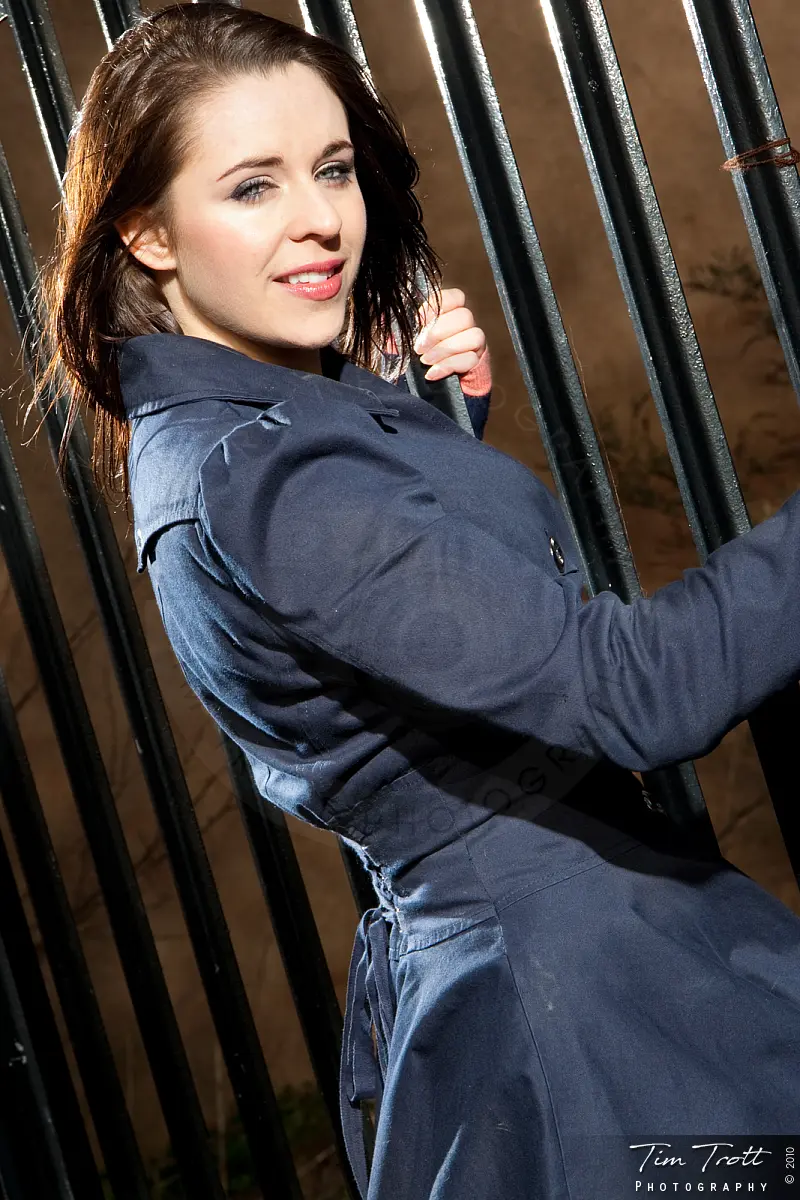
When shooting in portrait mode, it is important to consider image composition and framing, ensuring that the subject is the main focus and occupies a large section of the frame. A larger focal length lens can also help create a shallow depth of field and blur the backdrop, emphasising the subject even more.
Tips for Cropping and Resizing Photos to Achieve the Desired Aspect Ratio
Cropping and resizing photos is important in reaching the appropriate aspect ratio. Here are some pointers and methods to help you create the ideal composition:
- Use photo editing software: Crop and resize your images using photo editing software such as Adobe Photoshop or Lightroom. These tools allow you to experiment with alternative compositions and provide exact control over the aspect ratio.
- Maintain image quality: Keep image quality in mind when resizing your images. Excessive enlargement of the image can result in pixelation and loss of detail. Instead, concentrate on cropping the image to obtain the required aspect ratio while maintaining quality.
- Rule of thirds: A prominent composition approach in photography is the rule of thirds. Overlay two horizontal and two vertical lines to create a grid of nine equal portions in your image. To produce a visually appealing composition, place the main subject or points of interest along these lines or at their intersections.
- Consider the focal point: Keep the main subject or focal point in mind when cropping your photograph. Ensure the focus point is not cut off or deformed throughout the cropping process. This will boost your photograph's visual impact and storytelling.
- Experiment with different aspect ratios: Don't be afraid to experiment with different aspect ratios to produce distinctive and creative compositions. Cropping your image to square, panoramic, or custom ratios can improve the visual appeal and convey your artistic idea.
- Consider the intended use: Consider the platform or media where you intend to display your shot. Certain platforms, such as Instagram's square format, have certain aspect ratio restrictions. Adjust your cropping and scaling to ensure that your image fits the platform's guidelines while maintaining its visual impact.
- Maintain a consistent style: Aim for uniformity in aspect ratios when developing a series of images or a portfolio. This will result in a cohesive and visually appealing group of photographs that flow together easily.
Remember that aspect ratio is a powerful instrument in photography that can significantly impact the composition and visual impact of your photos. You can obtain the proper aspect ratio and generate attractive images that capture your audience by mastering the art of cropping and resizing.

